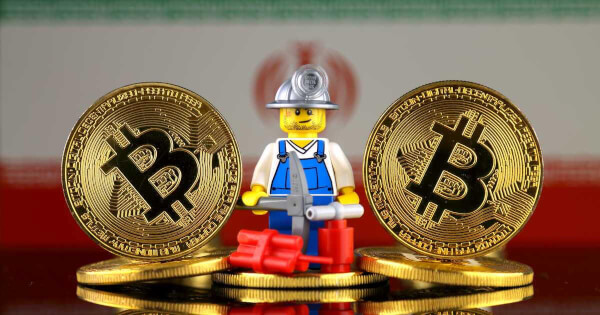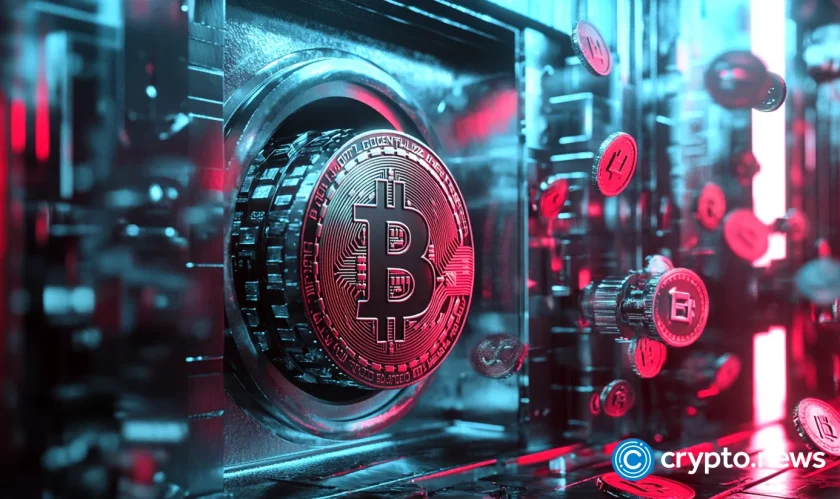Bitcoin Ordinals, also known as digital artifacts, are a way to inscribe digital content on the Bitcoin blockchain. They were introduced in January 2023 by Casey Rodarmor, a programmer and artist, who saw an opportunity to create a unique experience on the Bitcoin blockchain similar to non-fungible tokens (NFTs) on Ethereum and other blockchains.
What are Bitcoin Ordinals?
Bitcoin Ordinals are a system for numbering and tracking individual satoshis (the smallest unit of Bitcoin), transforming them into non-fungible tokens (NFTs). Ordinals are based on ordinal theory, which gives individual identities to satoshis and allows them to be tracked, transferred, and imbued with meaning.
The Ordinals protocol assigns a unique number to each satoshi based on when it was mined. Smaller numbers correspond to older satoshis. As transactions occur, the Ordinals protocol tracks each satoshi through subsequent transactions in a “first-in-first-out” scheme. The satoshis’ identifying numbers are called Ordinals, as both the identification and the tracking mechanism are dependent on the chronological order of creation and transactions.
How do Bitcoin Ordinals work?
Ordinals simply refer to the system for numbering and tracking satoshis. Each satoshi is assigned a unique identifying number when they are created (mined) which can be traced through every subsequent transaction. Each satoshi identified by the Ordinals protocol can also be referred to as an Ordinal.
The Ordinals protocol assigns a number to each satoshi based on the order in which it was created, called the integer. It also assigns a decimal based on the satoshi’s position in the block height of its Bitcoin block. Finally, its position in the entire Bitcoin supply is expressed as a percentile, and its name is assigned using the letters a-z. The names of satoshis get shorter as time goes on, such that the last satoshi ever mined will be “a.”
After a satoshi has been identified by the Ordinals protocol, users can inscribe a satoshi with arbitrary data to give it its unique characteristics, defined as a digital artifact. Writing arbitrary data into a satoshi only became possible after the SegWit (2017) and Taproot (2021) upgrades to Bitcoin Core.
How to buy, sell, and trade Ordinals?
Much like the process of minting Bitcoin Ordinals, the trading process hasn’t had matured tooling. Yet there are a few tools to trade these digital artifacts. As Bitcoin Ordinals grow in popularity, most of the trades have been largely over-the-counter. However, tools like the Ordinals Wallet, Hiro, and Xverse allow users to buy and sell Bitcoin Ordinals.
Ordinals Wallets
Ordinal wallets provide a simple way to store and collect digital artifacts created using Ordinals. Here are some of the trusted Ordinal wallets:
The Ordinals Wallet: Launched on February 16, 2023, the Ordinals Wallet is a Bitcoin wallet that allows users to hold, store, view, transfer, send, inscribe, and buy and sell Ordinals directly from within the wallet. It has a user-friendly interface and is a community-funded project.
Hiro Wallet: Launched on February 14, 2023, Hiro Wallet allows users to securely store, send, and receive Bitcoin, and create and store Ordinal NFT inscriptions in minutes. It is compatible with popular Ordinals platforms such as Gamma, OrdinalsBot, and other emerging apps, allowing for inscription directly in the web browser.
Ordinals vs. traditional NFTs
Ordinals are different from traditional NFTs from a technical design perspective. There are several features that make the pricing for ordinals a different exercise. Bitcoin Ordinals help identify satoshis uniquely and have content or art stored on-chain. Ethereum’s ERC-721 standard, which is used to create NFTs, typically holds the metadata or a pointer to the art, which is generally held off-chain. Some Ethereum NFTs are experimenting with on-chain storage, but they are more of an exception.
Future of Bitcoin Ordinals
Bitcoin Ordinals are a new technology and the use cases for them keep growing. They have been used to port Ethereum (and other chain) NFT collections to Bitcoin, but unique projects are also beginning to stake a claim to digital artifacts tied to the original cryptocurrency. As demand from ordinary users and followers increases, the ecosystem and the tooling should start maturing with more user-friendly journeys.
Image source: Shutterstock



